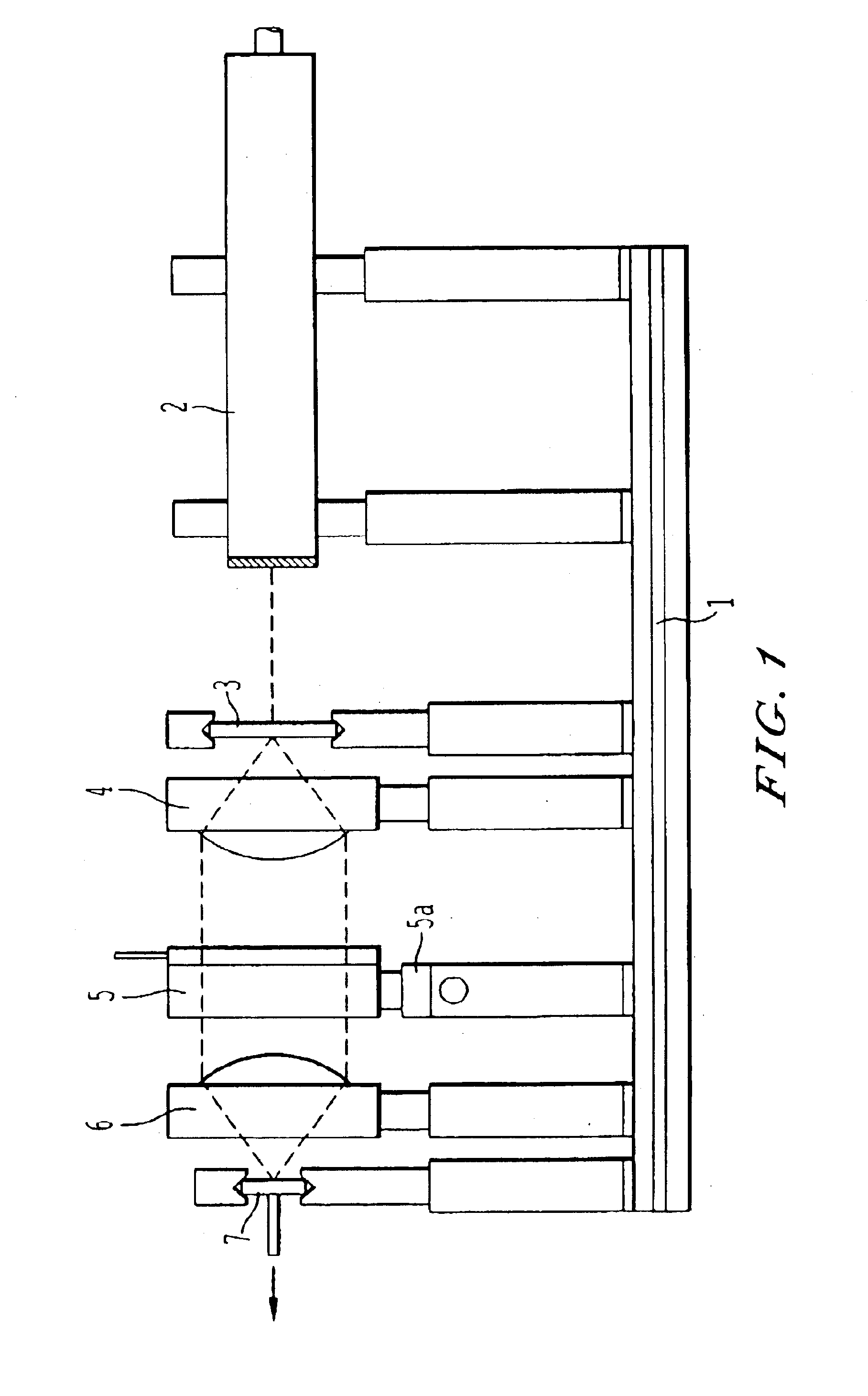Process for preparing bead polymers with an average particle size in the range from 1 to 40 muM, moulding compositions comprising bead polymer, and mouldings and PAMA plastisols
a technology of bead polymer and polymer, which is applied in the field of process for preparing bead polymer with an average particle size in the range of 1 to 40 mum, moulding compositions comprising bead polymer, mouldings and pama plastisols, etc., can solve the problems of inhomogeneous plastisol films, increased yellowness of the resultant moulding composition, safety and disposal problems, etc., and achieve excellent properties. ,
- Summary
- Abstract
- Description
- Claims
- Application Information
AI Technical Summary
Benefits of technology
Problems solved by technology
Method used
Image
Examples
example 1
To prepare the suspension polymer use was made of an aluminum hydroxide Pickering stabilizer, prepared by precipitation from aluminum sulphate and soda solution directly prior to starting the actual polymerization. To this end, 16 g of Al.sub.2 (SO.sub.4).sub.3, 0.032 g of complexing agent (Trilon A) and 0.16 g of emulsifier (emulsifier K 30 obtainable from Bayer AG; sodium salt of a C.sub.15 paraffinsulphonate) were first dissolved in 0.8 l of distilled water. A 1N sodium carbonate solution was then added, with stirring and at a temperature of about 40.degree. C., to the aluminum sulphate dissolved in water, the resultant pH being in the range from 5 to 5.5. This procedure gave colloidal distribution of the stabilizer in the water.
After the precipitation of the stabilizer, the aqueous phase was transferred to a glass beaker. 110 g of methyl methacrylate, 80 g of benzyl methacrylate, 10 g of allyl methacrylate, 4 g of dilauroyl peroxide and 0.4 g of tert-butyl 2-ethylperhexanoate we...
example 2
Example 1 was substantially repeated, but 80 times the amount of each constituent was used. The associated engineering required that some changes be made. The precipitated Pickering stabilizer formed an initial charge in the reactor with monomers, initiator and additives, and was then dispersed at a temperature of 40.degree. C. with the aid of a continuous disperser (DISPAX reactor from Janke and Kunkel). To this end, the mixture was cycled through the disperser for 30 minutes, while within the reactor the dispersion was stirred with a conventional stirrer at 150 rpm.
After 30 minutes the dispersion was heated to 80.degree. C. Polymerization and work-up took place as in Example 1.
The size distribution of the resultant bead polymer was studied by laser extinction. The average size V.sub.50 of the particles was 16.3 .mu.m, with a standard deviation of 4.6 .mu.m.
The study was continued by taking a standard PMMA moulding composition (PLEXIGLAS.RTM. 7 N obtainable from Rohm GmbH) and modi...
PUM
| Property | Measurement | Unit |
|---|---|---|
| particle size | aaaaa | aaaaa |
| particle size | aaaaa | aaaaa |
| particle size distribution | aaaaa | aaaaa |
Abstract
Description
Claims
Application Information
 Login to View More
Login to View More - R&D
- Intellectual Property
- Life Sciences
- Materials
- Tech Scout
- Unparalleled Data Quality
- Higher Quality Content
- 60% Fewer Hallucinations
Browse by: Latest US Patents, China's latest patents, Technical Efficacy Thesaurus, Application Domain, Technology Topic, Popular Technical Reports.
© 2025 PatSnap. All rights reserved.Legal|Privacy policy|Modern Slavery Act Transparency Statement|Sitemap|About US| Contact US: help@patsnap.com


